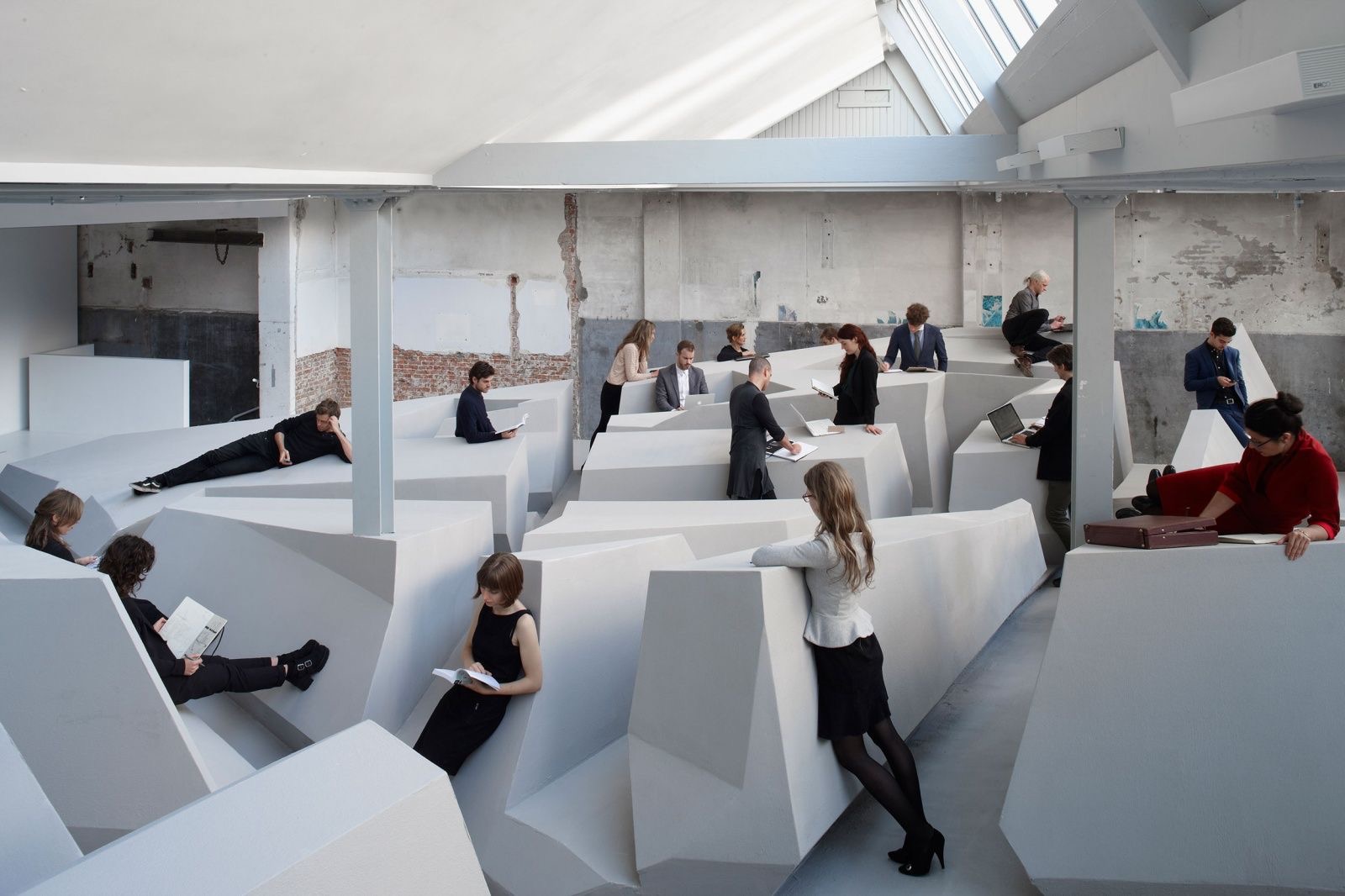Or rather contacts, plural. I hate the word contacts: it’s like networking. I relish meeting people and having a natter but that’s nattering and meeting people: it isn’t networking my contacts.
But.
It is weird how your work changes, isn’t it? In this last year I’ve turned from being locked to my desk to barely being at it. Neither is great: both are problematic. But being away a lot comes from working with a lot of people and I am forced to change my mind about how bad my memory is: I’ve had some awful moments when I’ve gone blank but generally I’m far better at names than I thought. Or maybe it’s just that everyone I meet is so distinctive. They are, but maybe that’s how I’m getting better.
Nonetheless, I’ve been prompted into looking into a way of keeping track of everyone I’m talking with: I can’t promise someone something and then not deliver, I can’t. And earlier this week, the makers of BusyCal released a public beta of BusyContacts which has set me off down a wormhole of looking into this subject.
BusyCal is the calendar app made by the makers of once-powerful and actually just once-existing Now Up to Date which I loved and adored and cherished in the 1990s. Back then they had a companion application called Now Contact. It was so much a companion that the two were just always sold together as Now Up-to-Date and Contact.
Fast forward all these years and the company is doing very well with its BusyCal product but I don’t happen to like it. Purely for aesthetic reasons, it just doesn’t do it for me and since you spend a lot of time staring at this stuff, that matters. I went with Fantastical instead and am happy with it.
But somehow I ended up on the public beta list for BusyContacts. I must’ve registered – and you can do that yourself right here – but so long ago that I don’t recall. Anyhow, a beta copy came my way this week and… I’m not very keen on the aesthetics. Fair enough, really.
But it is interesting. Chiefly for this reason: when you look up someone in your contacts list, BusyContacts shows you the text of the last email exchange you had and a clickable list of all the email contact you’ve had. I adore this. Adore it.
Have spent the week trying to get it on an app that a) I like the look of better and 2) works on my iPhone and iPad.
Tried and failed.
I think I’m going to have to buy BusyContacts when it comes out. But I’d still like it look better. And I still want a way to get this feature on my phone.
Plus, I’ve just discovered hundreds of email addresses that I use all the time that are not in my Contacts. They’re in my previous recipients list. Who knew? Working to get those out.
